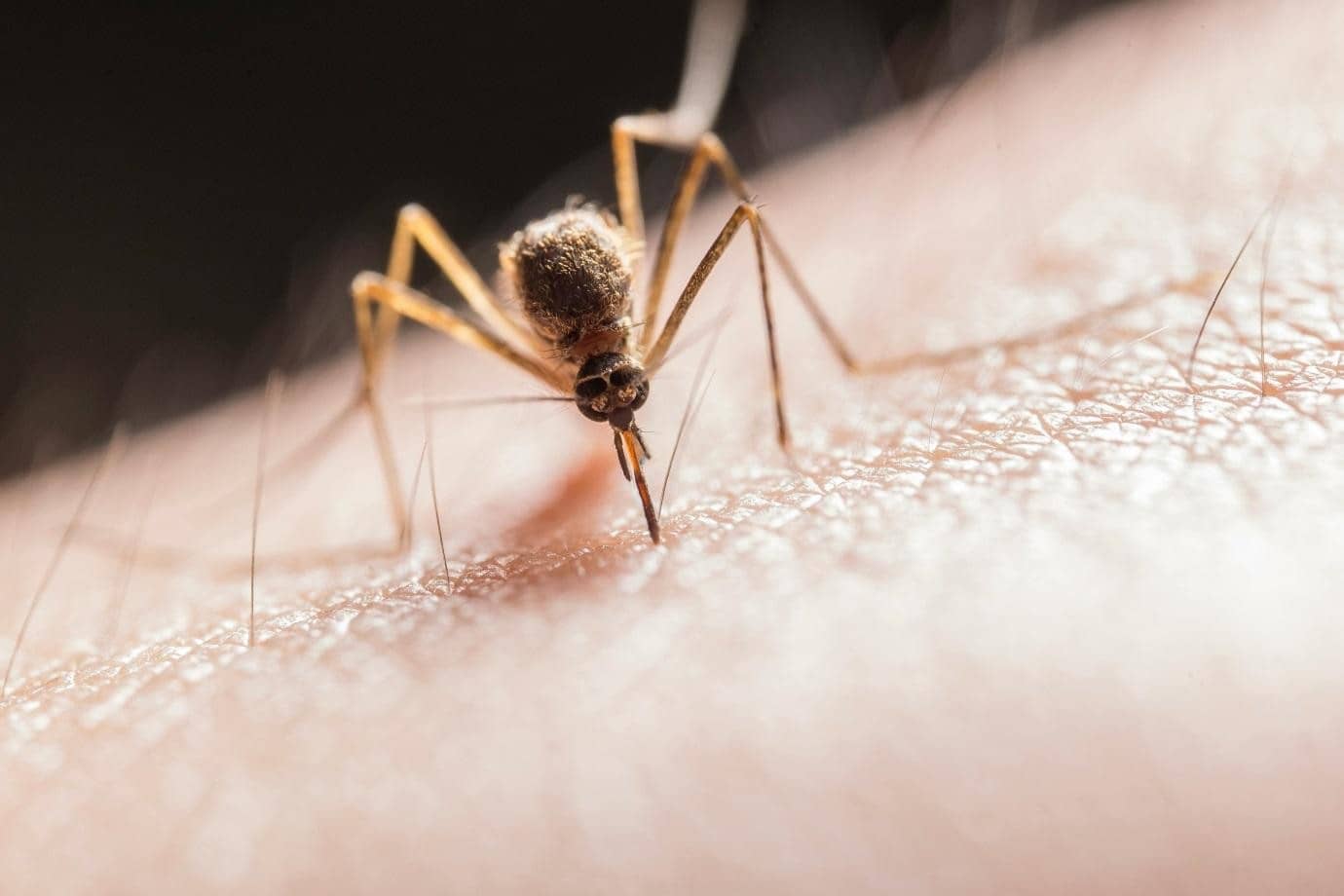Ticks are classified scientifically in the category of Arachnida, which is a classification for the spiders. Ticks have shown their presence since the last 90 million years as per the fossil records. Over 800 tick species are found throughout the world, but hard ticks (Ixodidae) and soft ticks (Argasidae), are commonly known to transmit diseases and illness to humans. These two differ from each other in a manner that hard ticks have a scutum, or hard plate on their back, whereas soft ticks do not possess the same. They need blood to survive and complete their life cycles.
Ticks are known to have a complex life cycle which includes eggs, larvae, nymphs, and adult male and female ticks. The female adult tick, which is a hard tick is commonly known to cause most of the bites because the male ticks usually die after mating. Since the ticks can’t jump, fly or drop, they generally reach out with their legs and grab onto the host. Ticks can generally survive not more than a year or more if they don’t receive a blood meal. The hard ticks can attach to its hosts and feed for hours to days, and transmit diseases near the end of the meal. Whereas, the soft ticks can feed for less than one hour and transmit diseases in less than a minute. Ticks are the vectors of disease for animals and humans. It can transmit the disease to many hosts and cause Texas fever among battles which can kill up to 90% of cows.
Risk Factors Of Tick Bites
Ticks are highest in numbers around the grassy areas and woods especially during the summer seasons starting from April to September. People who travel a lot in the areas surrounded by grass and woods have the highest risk of tick bites. In addition, those having pets treated with flea are mostly prone to tick bites, as the ticks carry themselves on the pets and attack anyone around the hosts.
Tick Bite Signs and Symptoms
As the tick bites don’t require any special treatment, sometimes specialists like allergists and doctors with special training in treating diseases like Lyme disease are consulted. The tick bite develops itching, burning, redness, and intense localized pains in the joints among the individual. Tick bites also develop an allergy among certain individuals and develop swelling, numbness, rashes near the bite, shortness of breath and even paralysis like neck stiffness. However, certain immediate signs and symptoms that rarely develop immediately after a tick bite are vomiting, fever, headache, palpitations.
Diseases transmitted To Humans Through Ticks
It has been found that tick bites generally don’t transmit pathogens, but some of them do. The following are the major tick-borne diseases, the tick transmits.
- Lyme diseases
- Tularaemia
- Anaplasmosis
- Rocky Mountain spotted fever
- Q fever
- Colorado tick fever
- Tick-borne relapsing fever
The ticks like Ixodes can transmit more than one type of virus, bacteria, and protozoa. It can transmit sometimes more than one pathogen through a single tick bite. Usually, the tick-borne illnesses break out during the summers (April to September) in the US, because the ticks evolve from larvae to an adult during this season.
The very first thing that you need to consider is the type of term paper my best essays which you’re likely to write.




